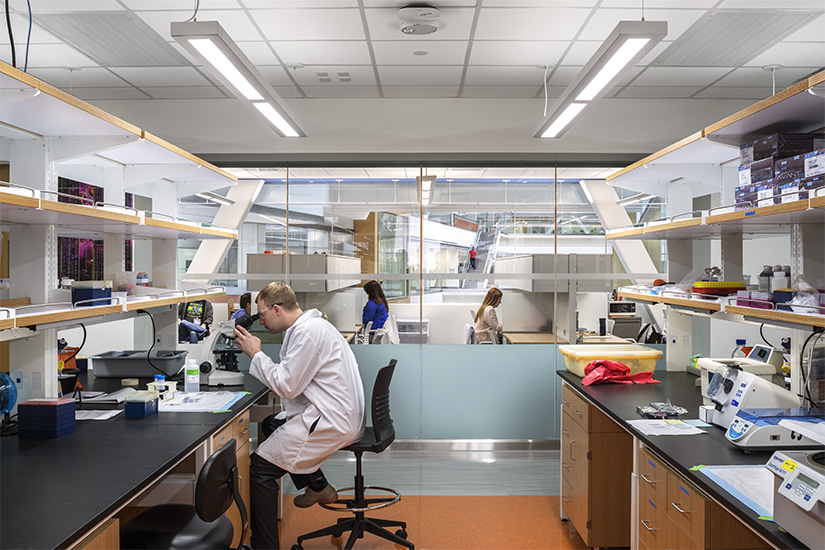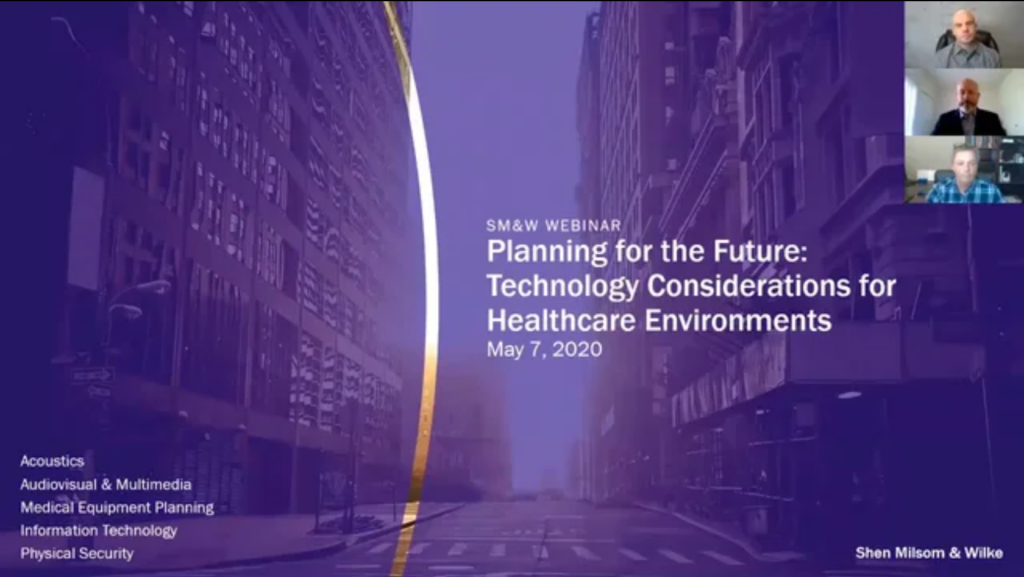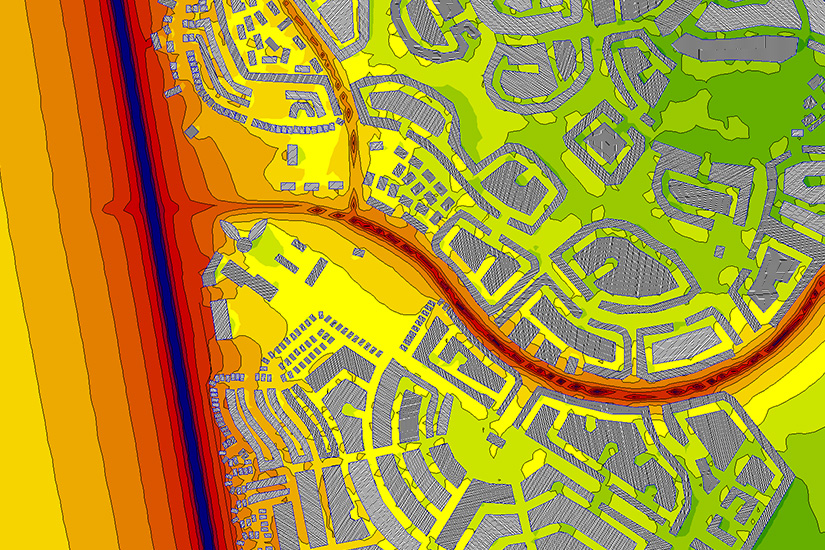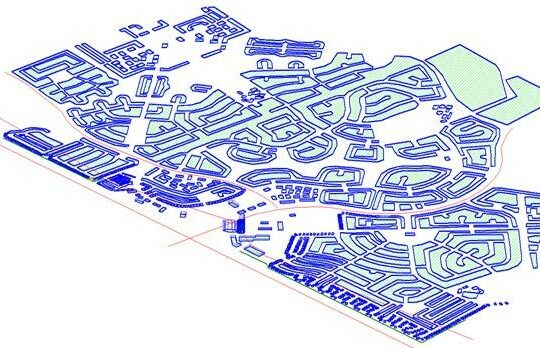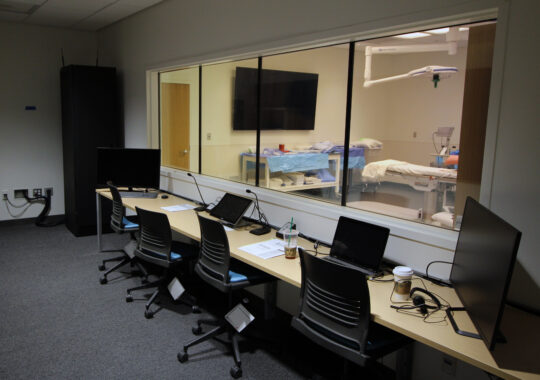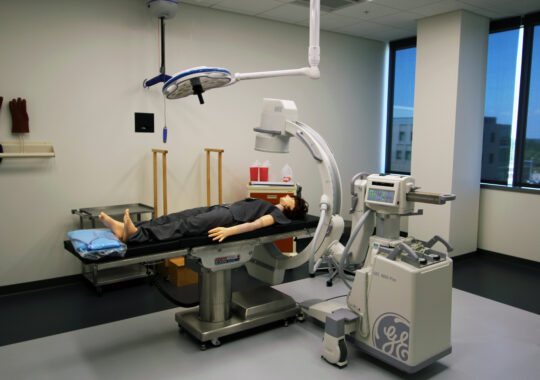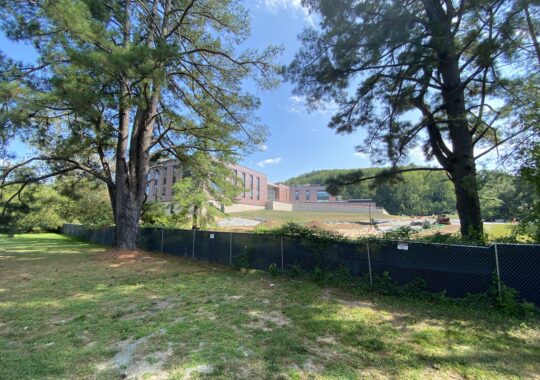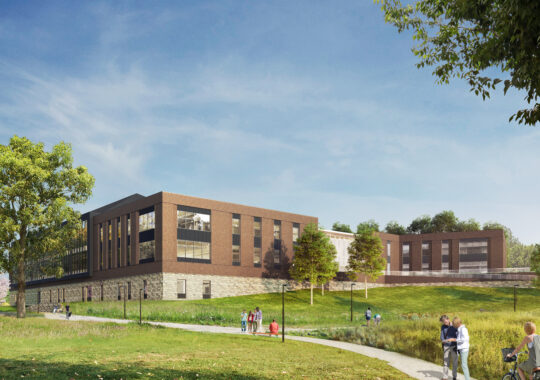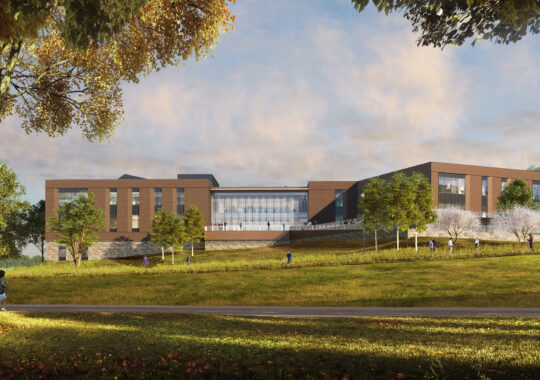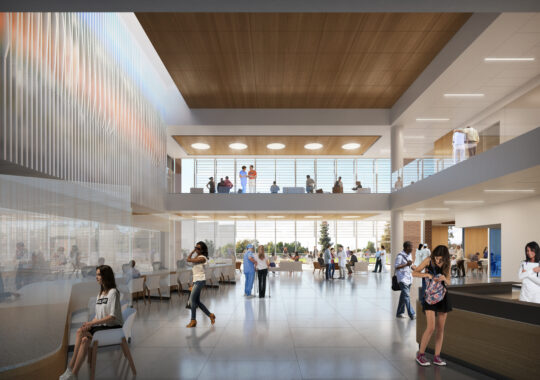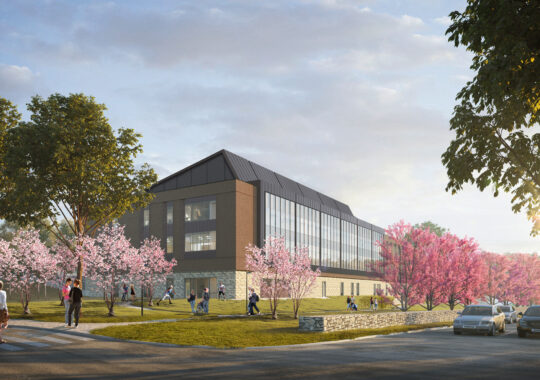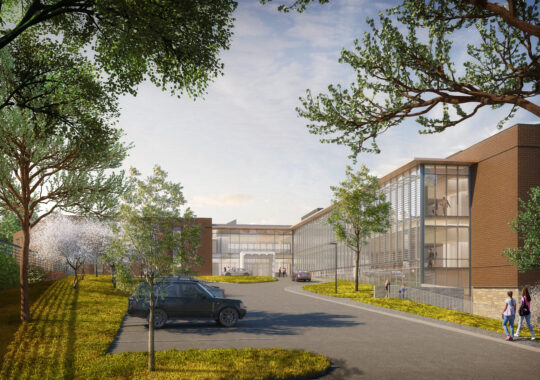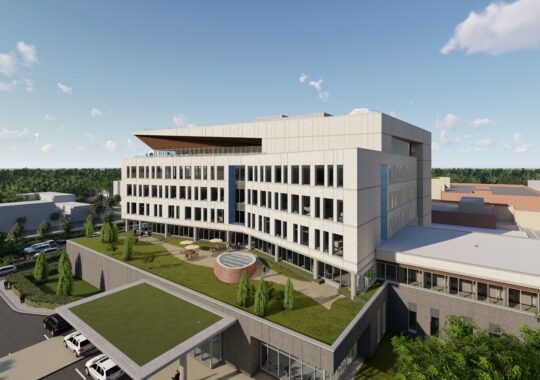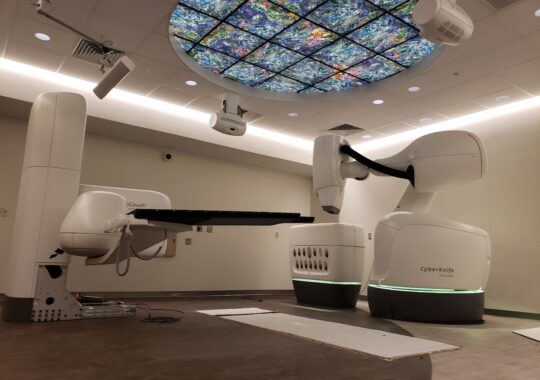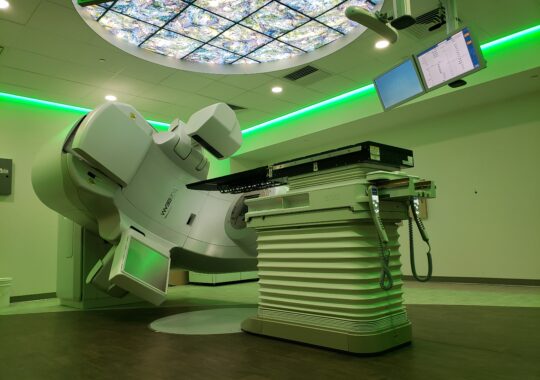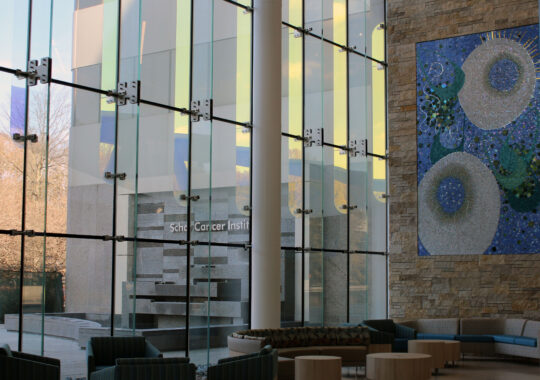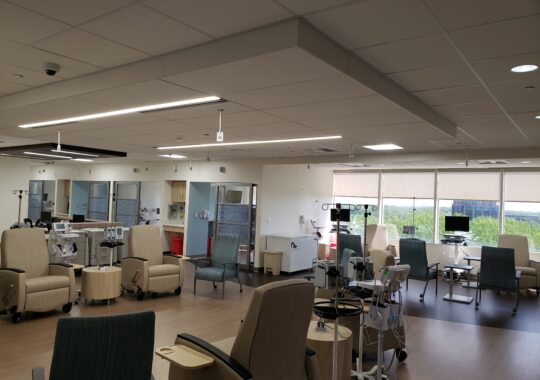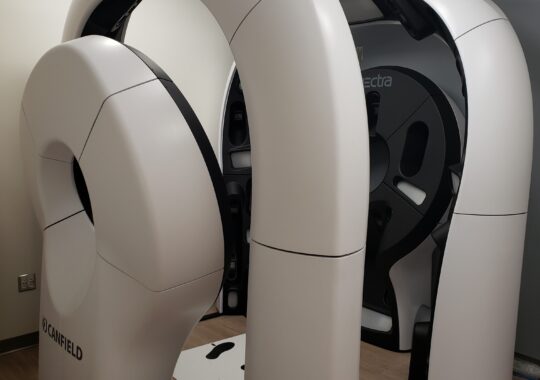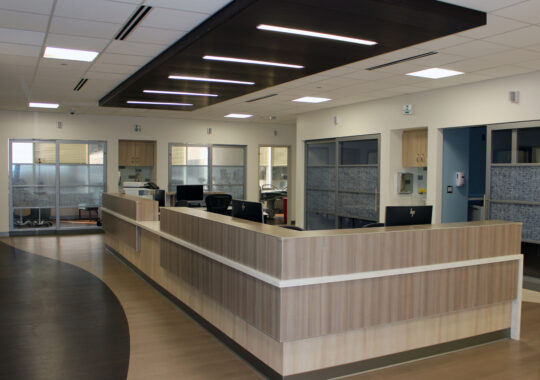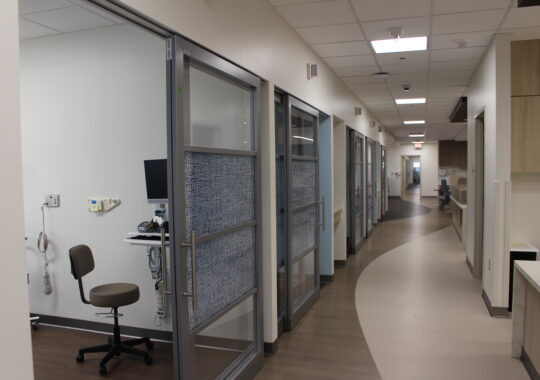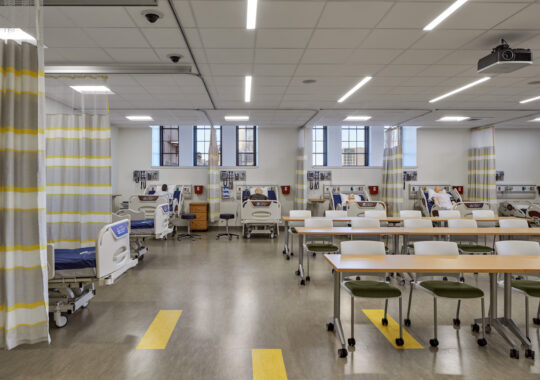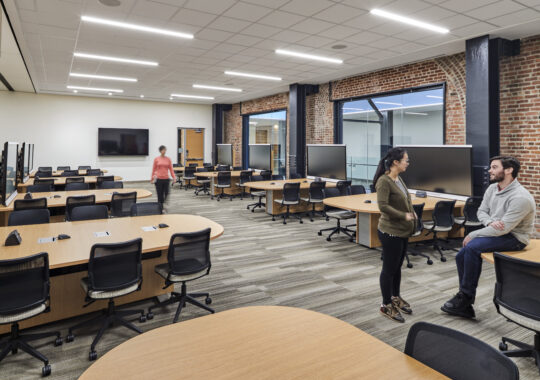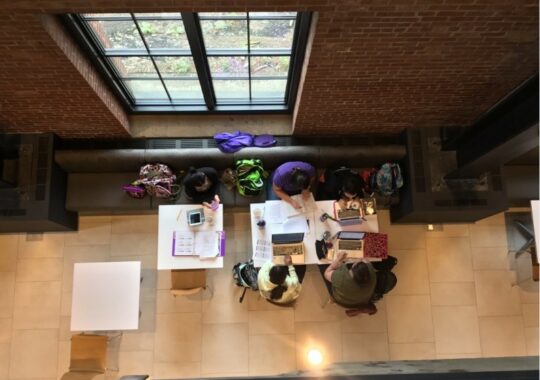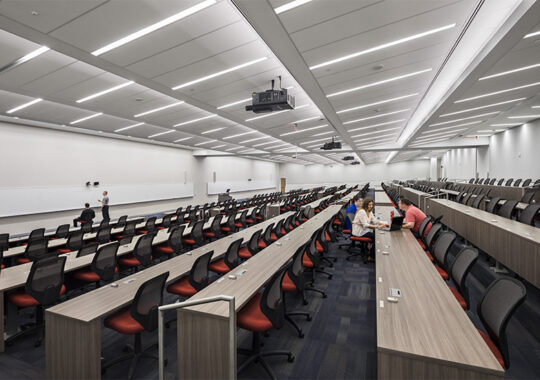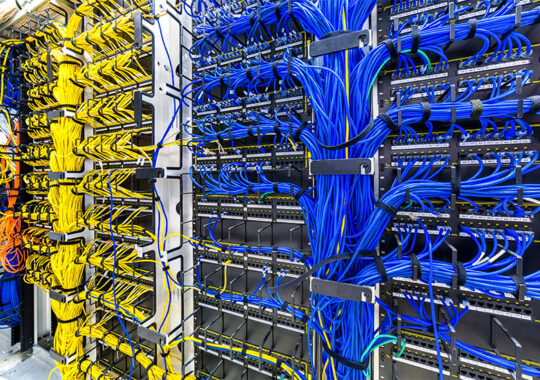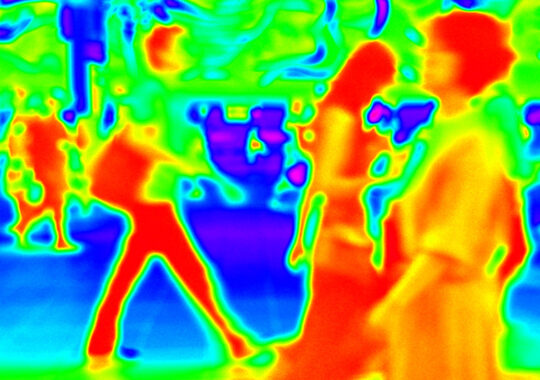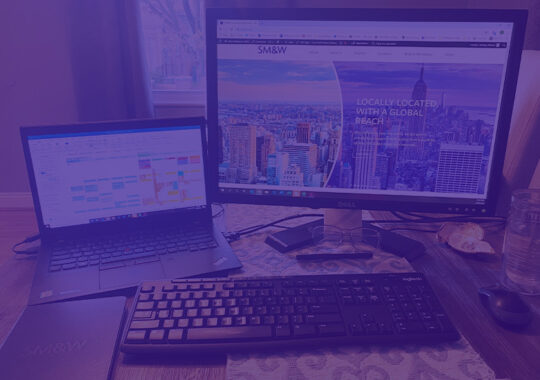On Thursday, May 7th, 2020, SM&W hosted the second of four webinars in a series titled “Planning for the Future: Technology Considerations in a Post-COVID19 World”. The second webinar focused on technology specific to healthcare facilities. Keep reading for a recap.
We have been dealing with COVID-19 in the U.S. for over 8 weeks now. To date, the world has seen over 3.7-million infections. When you think about the numbers of patients coming through our healthcare facilities, it is overwhelming. As great as the U.S. healthcare system is, it is apparent that we were not prepared to handle something of this size and nature. Hospitals across the globe have experienced unprecedented pressures on their operations, resources, and facilities. Because there still is no vaccine, we look to the future to help prepare for the next wave of the virus to come in the fall. What can hospitals do now to prepare? How can healthcare facilities protect their frontline workers? What technologies can improve that delivery of care? See what our experts had to say:
Patient Processing:
The number of patients heading to these healthcare facilities are astronomical. We have heard of hospitals with patients waiting outside for up to 5 hours just to be seen. Hospitals have been overcrowded and under-resourced with medical equipment to be able to see and process these patients in a timely and fluid manner. What can be done to improve that process as patients come in to a healthcare facility? This involves a lot of different operational issues as well as space planning for the facility itself. Historically, we have seen hospitals look at concepts such as acuity adaptable spaces, which allows a patient to remain in one room all the way through discharge to eliminate transfer into other spaces. That one room can then be flexed from treating one to two patients, and, if needed, from a simple med space to an ICU environment. This drives the need for more staff, and has the potential to cause staffing issues, so should be planned for accordingly.
Electronically, there has been a substantial change of how systems are utilized, as we have never been in a situation like this before. Systems like nurse call and real time location system (RTLS) can help to expedite and distribute people more equally throughout a healthcare facility. Additionally, mobile apps and the adoption of mobile monitoring are a lot less expensive to equip a hospital with nowadays and can help these facilities for a number of reasons.
Biocontainment:
We have been hearing the disease is spreading even within the hospital. Patients are potentially getting treated by healthcare staff with the virus on their personal protective equipment (PPE). Because of this, we see that people are reluctant of going into a hospital. Of course, we cannot completely eliminate these interactions, but what can we do to limit staff and patient interactions or treat patients more safely? One option is recognizing that once we get past this initial surge of cases, where we see an all hands on deck approach, things will start to change and people can start to designate units. For instance, the 9th floor is a dedicated COVID-19 Unit.
We are also seeing a lot of ad hoc bidirectional audio communications being utilized, lessening in person interactions. You don’t always have to enter a room to communicate with the patient. On the patient side, there are tablets or mobile devices that you can communicate with your nursing staff. Because these technologies are already in people’s hands, its a great thing to utilize in order to minimize that contact. This eliminates going in and out of PPE to see patients each time you need to communicate with them.
Tons of companies are coming out with thermal imaging solutions to gauge temperatures and even monitoring whether someone is wearing a face mask through security cameras. It is important to familiarize yourself with what is proven to work and how it works. Facilities have to consider what set of degrees of temperatures are measured, how the hospitals will monitor, and where these cameras are to be placed.d
Asset Tracking:
Medical equipment is obviously valuable at this point in time. Things like ventilators and PPE are in high demand but with a low supply. Nightmare scenarios of hospitals having their equipment stolen and being sold on the internet have been played out on the news. We know these valuable assets need to be tracked and protected, but how? RLTS and sensors are typically already implemented within healthcare facilities. With this pandemic, however, we will see a push to have these systems no longer an optional system, rather a design requirement. In the institutions that have deployed RTLS, there is a lot of data available now. Hopefully this will be distributed publicly, to show what equipment was utilized and how. This enormous amount of data will be transformative in teaching and prepping for the future.
These medical facilities should look to limit access to things like storage rooms and areas where these valuable assets are kept. This is easily accomplished through access control systems. Wireless access control systems are easy to deploy in a retrofit scenario for those already built facilities to ensure all assets are protected and secure.
Sterilization:
From wiping down your Amazon packages to New York City closing down their subway system daily for sanitizing, we have all been practicing heightened sterilization in our daily lives. We have seen many of our healthcare projects deploy things like UV sterilization. Challenges with this sort of technology are the expense and the time it takes time to clean. The fastest these systems can run in a normal-sized room is about 10-15 minutes. When applying to a real-life scenario, you must consider the size of a full facility, patients in the waiting room, and those patients outside the facility. Additionally, UV is harmful to people, so you cannot have anyone in the room as these systems are cleaning. SM&W is researching a company in Ireland that rolled out a robot that will enter a room, sensing whether anyone is in the room or not, before it starts to clean and sterilize the area, which is an innovative solution to some of these problems.
What upgrades or updates for the public do we see coming into healthcare facilities in the future? It’s a multi-faceted answer. First, the public will be more educated with hospitals’ processes and procedures. Secondly, we may need to get used to the idea of not having your loved ones in the room with you. This protects yourself, your loved one, the medical staff, and even other patients and visitors. Fortunately, we have seen the rate of infection slowly start to flatten, but know we still have more to come from this virus. Necessity is the mother of invention, and we look forward to these medical innovations in the future.
Click here to view the full webinar recording.
